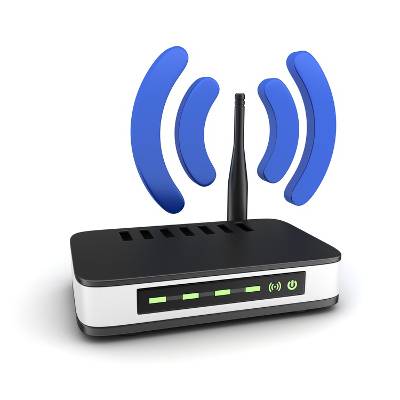Remember about 10 years ago when all of the tech experts were predicting that most work would be done on a touch-screen device, prompting many professionals to purchase the latest and greatest tablets? Although tablet sales have not kept up over the years, they are still perfectly usable for personal purposes—maybe just not in the workplace. Still, we have to ask, is there a place for tablets in the office environment?
Macro Systems Blog
With businesses handling operations in different ways, their employees must adapt to the circumstances handed to them. Some businesses have begun to experiment with the status quo and are for the first time realizing the value that can come from permitting staff to work remotely. Listed below are some of the ways your team might depend on technology to make remote collaboration effective and how you can optimize your experience with these collaborative platforms.
Remote work is more common than ever before, so it’s not a surprise that businesses are looking for innovative ways to ensure remote working arrangements aren’t dragging down operations. Fortunately, because it’s so common now, your business has a lot of options at its disposal, many of which allow for greater flexibility and mobility.
Smartphones are astonishing and as a result many people now have one. Thus, when the annual financials were revealed, it was surprising to see that the smartphone market was diminishing. There are many reasons for this, but the main one has to be that older devices are holding up well compared to newer devices. This results in consumers being less likely to make the significant investment to purchase the latest device.
Your wireless router is critical to your business’s online infrastructure and provides your team with precious wireless Internet connections throughout the office. You need to ensure that the signal can reach your entire office. Here are some tips to help you figure out where to put your router, and to ensure that its signal is as strong as possible throughout your office.
Mobility is proving to be a major pain point for businesses, especially when it comes to implementing new technology solutions. It’s become crucial to consider how mobility can influence the growth of your business and improve operations, particularly with the cloud gaining ground and mobile devices becoming omnipresent in the workplace. How will your business learn from this influx of mobility?
While security experts tend to focus the brunt of their discussions on desktop OS vulnerabilities, there are plenty of mobile malware threats that fly under the radar. One such malware is called Hummer; a trojan that installs unwanted apps and malware on a device, and can be found on over a million phones worldwide.
With today’s great technology solutions, working remotely is no longer just a dream. Many businesses have either a partial or a complete remote staff, and it’s all held together by modern technology solutions. However, even with the latest tech, the remote worker still has to invest in their own success.
Telephone solutions have often been a substantial irritation for businesses. Smaller businesses try to get the most effective systems that they can afford, especially for something as important as communications, but it’s rarely that simple. How can you get the greatest return on investment from your business’ telephone solution? You can start by adding Voice over Internet Protocol (VoIP).
Computers used to be great hulking pieces of machinery that were difficult to move. These days, however, mobility is a major contributing factor when buying a new device. Today’s smartphones are more powerful than computers built a decade ago, so it’s no surprise that organizations are prioritizing in mobility.
















